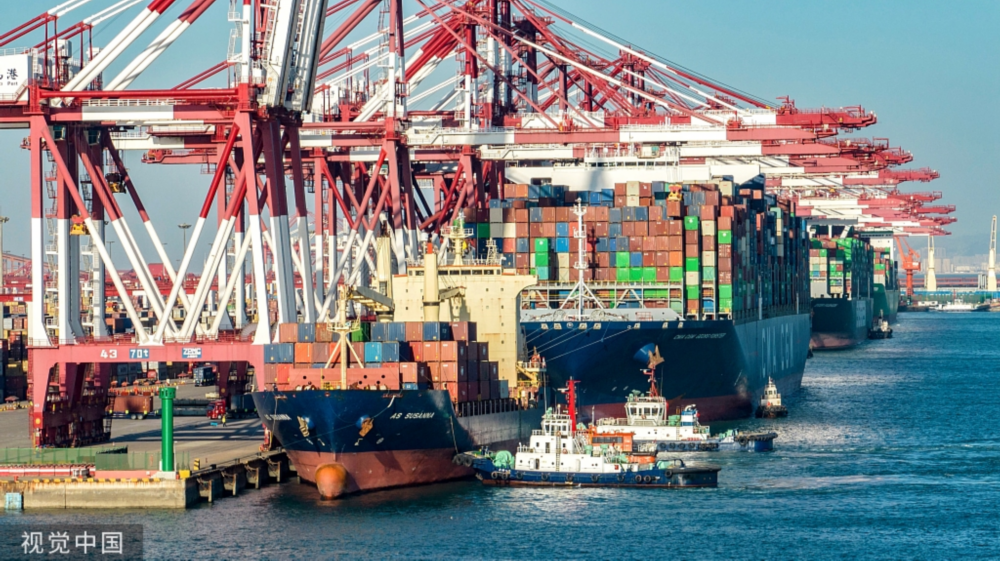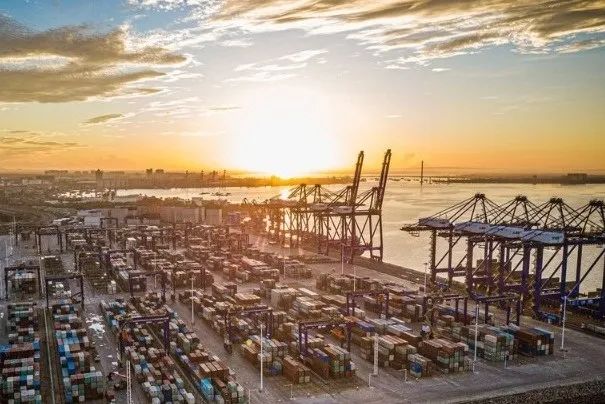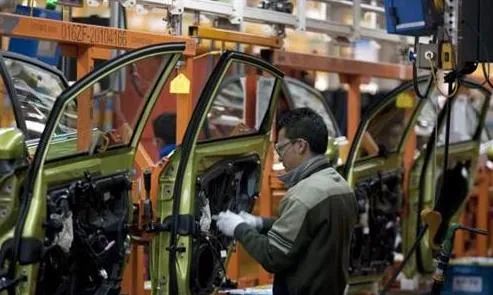2023-08-07 684
Introduction: In the 21st century, China-Latin America relations are flourishing, and remarkable achievements have been made in the field of employment. Through trade, investment and infrastructure cooperation, China has created a large number of job opportunities in Latin America and the Caribbean, benefiting multiple industries and fields. China-Latin America relations will continue to develop, boosting the in-depth social and economic cooperation between China and Latin America, and creating a job market with more potential.
Since the beginning of the 21st century, the relations between China and Latin American and Caribbean countries have developed in depth and become increasingly close, and the fields of China-Latin America trade, financing, investment and infrastructure construction have developed rapidly. In 2015, the first Ministerial Meeting of the China-CELAC Forum was held, and since then the Forum has contributed hundreds of proposals through cooperation or action plans.
However, less attention has been paid to the jobs created by Chinese investment in LAC. In 2017, Red ALC-China and the International Labor Organization released a report, which for the first time made a quantitative and qualitative analysis of China's impact on employment in the LAC region, and the quantitative analysis will be updated soon. The results of the report are impressive and are of great significance for promoting the development of China-Latin America relations. At least the following four aspects of the report deserve special attention.
 Image source: Xinhua News Agency
Image source: Xinhua News Agency
First of all, in order to quantify China's impact on employment in LAC, it is necessary to know where the jobs come from: trade, foreign direct investment, and infrastructure projects, all of which can create job opportunities. In some cases, however, Chinese direct investment goes to existing jobs and thus does not create new jobs.
Second, imports and exports of goods generally affect employment: increased imports cause local job losses, while increased exports lead to job growth. Promoting employment through trade has become the main way for China to create employment in LAC. From 1995 to 2018, 6.8 million new jobs were created, accounting for 12.8% of the total new employment in LAC during this period.
During the same period, the US created 6.7 million jobs in the region through net trade, slightly below China's level and surprising. Based on the input-output matrix, the detailed situation of countries and industries can be analyzed. From a country perspective, Brazil benefited the most, accounting for 95.8% of the region's employment growth; trade with China only had a net negative effect on employment in Mexico and Costa Rica, with Mexico suffering the most, accounting for 90% of the region's employment loss 96.9%.
In terms of industries, from 1995 to 2018, there were three major industries that benefited greatly from exports, namely the wholesale and retail trade of agricultural and forestry products (4.9 million new jobs), and motor vehicle maintenance (3.3 million new jobs). , and Food, Beverages, and Tobacco (an increase of 2.4 million). On the other hand, imports of final goods also contributed to the loss of jobs in hardware, electronic and optical equipment (-700,000 jobs), textiles, leather and footwear (-700,000 jobs), and other transport equipment (-600,000 jobs). indivual).
Given the recent dynamics and potential of China-Latin America trade, it is expected that China will continue to create jobs through net trade in the short to medium term.
 Image source: China Daily
Image source: China Daily
Third, foreign direct investment is another important source of employment creation for China in LAC. As of 2021, it has created nearly 600,000 new jobs. Among them, 41.06% of new jobs were realized through mergers and acquisitions, and 58.94% were realized through new investments. As the largest country and economy in the region, Brazil accounted for 28.81% of the total number of jobs created by China through foreign direct investment in LAC, followed by Mexico (24.07%) and Colombia (18.48%). In addition to the metals, minerals and mining industries, China's job creation through foreign direct investment in the region has also diversified over the past decade, with transportation, auto parts and auto industries being the most dynamic. Since 2020, private companies such as Didi have become the companies that have contributed the most to job creation in this field.
Finally, infrastructure projects are also an important source of new employment for Chinese companies in LAC. As of 2021, China has implemented a total of 192 infrastructure projects in the LAC region, creating more than 673,000 jobs, which is equivalent to creating more than 3,500 jobs for each project on average. In this regard, Mexico emerges as the largest beneficiary of job creation from Chinese infrastructure projects (24.38% of the regional total by 2021), followed by Brazil (23.72%), Argentina (10.82%) and Ecuador (9.45%).
Once upon a time, energy infrastructure projects such as natural gas, mining and oil were the sectors that created the most jobs (accounting for 85.16% of the total number of jobs in all infrastructure projects between 2005 and 2009), but today, the situation has changed profoundly, creating jobs industries are more diverse. While the energy sector still plays a vital role in China's infrastructure projects in LAC, new Chinese investments are increasingly focused on non-fossil energy projects. Furthermore, investment in the transport sector (ports, airports, rail systems, highways, etc.) grew the fastest between 2015 and 2019. Transportation accounts for 36 out of 57 infrastructure projects between 2020 and 2021, accounting for 86.44% of the jobs created during this period.
 Image source: China Daily
Image source: China Daily
To sum up, assuming that the employment generated by net trade does not increase significantly from 2019 to 2021, it is conservatively estimated that by 2021, China has created 8.1 million jobs in the LAC region, which is equivalent to the 1995-2023 period. 14.68% of total new jobs in the region (including jobs from net trade, foreign direct investment, and infrastructure projects). This illustrates the huge influence of China on LAC from a quantitative point of view.
From an international perspective, since 2002, China has become the most important country in the LAC region to create employment through net trade. Of course, differences between countries and industries still exist, and China still has a long way to go if it wants to create higher-quality new jobs.
From Chinese private companies such as Didi that use direct investment to drive employment, to Chinese state-owned enterprises that create employment through infrastructure projects such as China Communications Construction and Power China, Chinese companies are playing an increasingly important role in the socio-economic relationship between China and Latin America. China-Latin America relations will continue to deepen, and it is expected that the two sides can create more job opportunities through cooperation in net trade, foreign direct investment and infrastructure projects.
THE 8TH INTERNATIONAL TEXTILE EXPO(S·AFRICA)
THE 9TH INTERNATIONAL TEXTILE EXPO(MEXICO)
THE 11TH INTERNATIONAL TEXTILE EXPO(BRAZIL)
THE 11TH INTERNATIONAL TEXTILE EXPO(BRAZIL)
Zhejiang Area:Ms Bao 13588144538
Jiangsu Area:Ms Bao 13588144538
Guangdong Area:Ms Bao 13588144538
Other Area:Ms Bao 13588144538
baoliyuan@meorient.com
No. 615, BinFen Road, BinJiang District, Hangzhou City

Follow the official public account for more information

Consult Exhibition Secretary
COPYRIGHT 2023 @AFF & INTEX Global Textile Exhibition AL RIGHTS RESERVED. DESIGN BY : WEETOP 浙ICP备10201346号